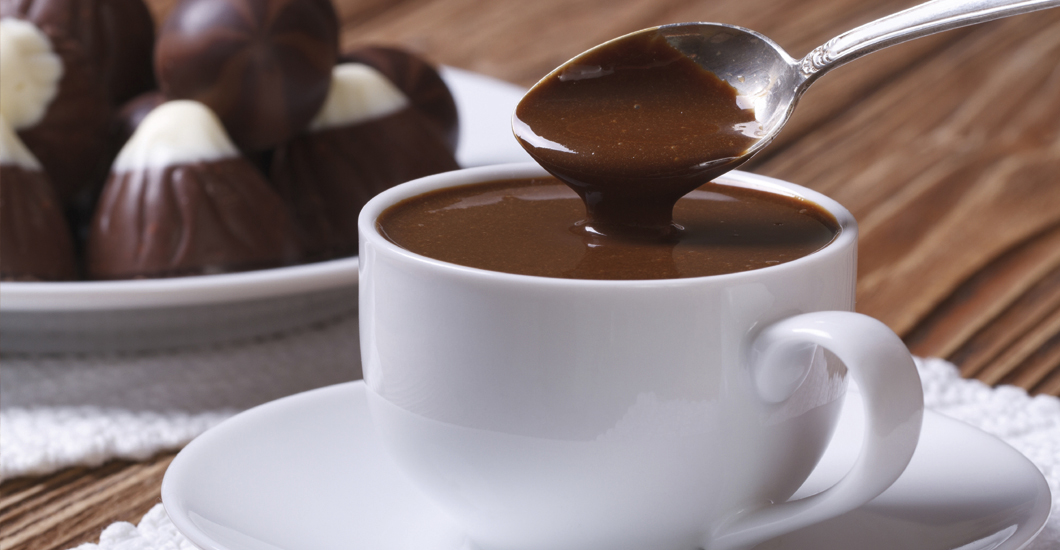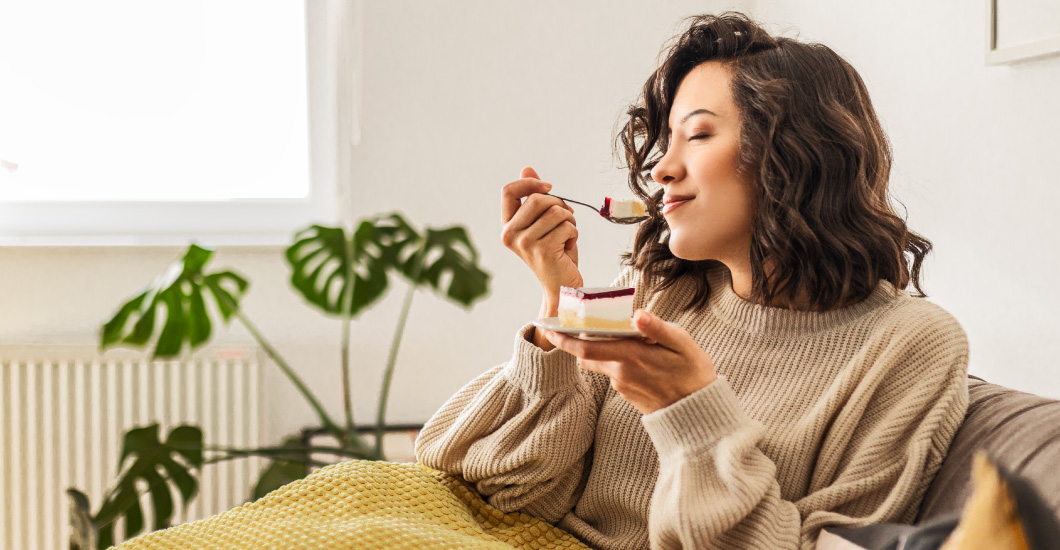Chocolate: Food of the Gods
Nutrition & fitness /

Chocolate is both magical and mysterious. It stirs devotion, and sometimes even addiction. It has been used as currency and is a potent symbol. Here are some facts and curiosities about cocoa.
In 1943, generals from the U.S. Army approached the Hershey chocolate company with a strange mission. The challenge, should they choose to accept it, was to create a chocolate bar that wouldn't melt at high temperatures, with a flavor closer to a baked potato than a tasty bar of cocoa. The idea, conceived by Captain Paul P. Logan, was that that troops who were fighting in World War II could carry a sweet treat that would lift their spirits but wasn't so delicious they would eat it all at once, wasting valuable calories they might need on the long days of the campaign. The bars were designed and sent to the soldiers. They found them inedible (so much that they were nicknamed "Hitler's secret weapon") and stashed them in their backpacks until they could liberate a town, and then they gave them away to the families, who responded to this gesture with admiration and gratitude to the U.S. Army.
The notion of chocolate as an alluring item, either in an exchange of sweets between lovers or as something to barter in wartime, can be traced back to its origins more than 3,000 years ago. For the Aztecs, the main use of Theobroma cacao seeds (whose name means "food of the gods") was as currency. According to texts from the 16th century, taxes could be as high as 8,000 seeds, while a piece of fabric cost 80 seeds, and a slave or a chicken fetched 100 seeds. The Aztecs dried the seeds and used them to make a drink called xocoatl, which means "bitter water," and it is said that Moctezuma drank 50 cups a day served in turtle shells. As described in their chronicles of the Indies by conquerors Díaz del Castillo and José María de Heredia, the drink “was used for access to women." However, the Spaniards found, as the U.S. generals did several centuries later, that the high energy content could be useful for their military tactics: “a single cup gives the soldier enough strength that he can walk all day without needing to eat anything else," wrote Hernán Cortés in a letter to the king of Spain.
That energy is found in one of the main components of chocolate: theobromine, a nervous system stimulant with a more prolonged effect than caffeine, although not as strong. Theobromine–responsible for that instant sense of pleasure you feel with the first taste of a chocolate bars–also relaxes the blood vessels, leading to its use in treating heart and blood pressure problems. Likewise, recent studies by the National Heart and Lung Institute in London have shown that theobromine can be as effective in alleviating coughs as codeine, which could boost the use of chocolate to make much cough syrups that taste a lot better than the current ones do.
This should not come as a surprise, since a closer look at the history of chocolate, in particular in 19th century Europe, reveals that at the time it was mainly available from pharmacists. It was Belgian pharmacist Jean Neuhaus who first added a chocolate covering to the natural medications he sold, in order to improve their flavor. His idea was so successful that decades later his pharmacy became Neuhaus, the first chocolate maker to sell filled chocolates.
From heart-shaped boxes given by lovers to philosophical aphorisms such as "My momma always said, life is like a box of chocolates, you never know what you're gonna get," as immortalized by Tom Hanks in the film Forrest Gump, chocolate has a sentimental value that has transformed it into an exquisite and poignant gift. This is perhaps because it contains several chemical components that act upon the brain's pleasure centers. For one, it increases levels of serotonin and endorphins, acting as an antidepressant. Another one of its components is phenylethylamine, found in the neurotransmitters that are activated in the brain when we fall in love.
These benefits, its seems, were also known to the Aztecs, who gave cups of xocoatl to the victims of their rituals of sacrifice as they faced death, to help lift their spirits. Recent research from the University of Cambridge has delved deeper into the relationship between chocolate and good humor, finding that the rare combination of aroma, texture, and flavor that makes biting into a bar of chocolate an experience that is instantly delicious doesn't just have to do with chemistry but with changes in the cerebral cortex related to psychology. For Adrian Owen, a researcher at the Wolfson Brain Imaging Centre at Cambridge, "Both smelling and eating chocolate activates areas of the brain that are known to be involved in creating feelings of pleasure. Chocolate seems to have a unique combination of sensory qualities that make us feel good, activating pleasure centers in the brain." This idea has led experimental centers caring for patients with Alzheimer's in the United States to replace sedatives with chocolate candy, arguing that creating positive emotional experiences for these patients reduces behavioral problems and feelings of anguish.
But research on Alzheimer's related to chocolate doesn't end there. One of the components of cocoa that is most intriguing to physicians and scientists are flavonoids. Their antioxidant properties improve blood flow to the brain, and this seems to be linked to better performance in terms of concentration and memory. A study conducted by Harvard University looked at the hypothesis that drinking two cups of hot chocolate every day can prevent Alzheimer's. At the same time, these miraculous components have been studied at the University of L'Aquila in Italy, where it was found that they increase the production of nitric oxide in the body, which helps control insulin, thereby reducing the risk of diabetes. Surprisingly, and contrary to the belief that candy is bad for your teeth, it has also been shown that flavonoids containing cocoa improve tooth enamel and prevent cavities.
In 1960, Alfred Hitchcock's film Psycho completely changed the history of film. Obsessed with the idea of finding an element that could mimic the consistency of blood, he discovered that chocolate syrup, filmed in black and white, was a perfect substitute that enabled him to create the hair-raising shower scene. Throughout history, chocolate–multifaceted and miraculous–has been considered both an aphrodisiac and a useful cinematographic tool, from its origins as a drink reserved for royalty. It has accompanied humankind for three millennia, and its medicinal properties, thought to be magical by indigenous people and researchers and psychologists, constitute a universe that is as broad and exquisite as its flavor.
Calorie totals for the most popular forms of chocolate.
Cup of hot chocolate (250 ml) with whipped cream
210 cal.
Small Jet chocolate bar:
190 cal.
Chocolatina Jumbo bar (100 g):
580 cal.
Dark chocolate truffle:
78 cal.
Milky Way chocolate bar:
447 cal.
Hot chocolate with water:
115 cal.
Hot chocolate with nonfat milk:
160 cal.
Small cup of mochaccino:
190 cal.
Chocolate milkshake:
480 cal.
Scoop of chocolate ice cream:
270 cal.
Medium-size portion of chocolate cake:
350 cal.
Chocolate brownie:
410 cal.


